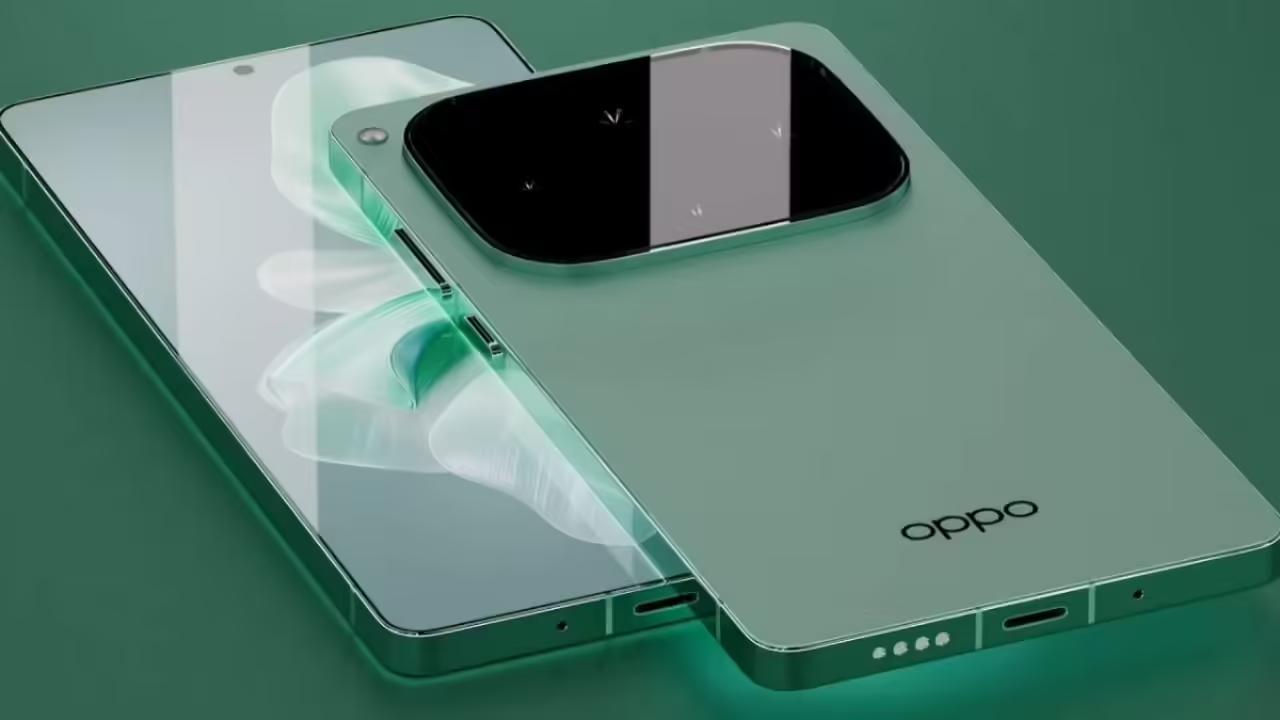In recent years, note-taking applications have evolved to include various features that enhance the user experience. One of the most intriguing of these features is the graph view. Initially, many users, including myself, dismissed it as a gimmick.
However, upon deeper exploration, it became clear that graph view is a powerful tool for visualizing connections within your notes. This article delves into the benefits of graph view, how it can aid in organizing thoughts, and a review of some of the best note-taking apps that offer this feature.
The Importance of Visualizing Your Knowledge Base
As notes accumulate, it can become overwhelming to track them linearly. By laying everything out, you can easily identify connections, isolated notes, and emerging themes. This visual approach transforms the often tedious process of sifting through notes into an engaging experience.
- Identify Connections: Graph view enables you to see how different notes relate to each other, revealing a web of interconnected ideas.
- Spot Isolated Notes: Notes that don’t connect to others can indicate gaps in your understanding or areas requiring further exploration.
- Visual Clarity: Instead of reading through endless lists, the graph provides a big-picture perspective that is easier to digest.
Filtering Out the Noise
One of the challenges of using graph view is that it can become crowded as the number of notes increases. To combat this, effective filtering is essential. Filters allow users to concentrate on specific subsets of notes, reducing distractions and enhancing focus. This is akin to using a magnifying glass to zoom in on the most relevant information.
By applying filters, you can:
- Highlight Important Connections: Use colors and labels to differentiate between types of notes, such as separating personal reflections from work-related entries.
- Reduce Clutter: Focus on particular topics by filtering out unrelated notes, making it easier to explore specific areas of interest.
- Organize by Categories: Create a clearer structure by categorizing notes based on themes or projects.
Discovering Knowledge Gaps
Graph views are not only useful for but also for identifying areas where knowledge may be lacking. As you link your notes, you may notice certain clusters of ideas and others that remain isolated. These isolated notes can signal topics you haven’t fully explored or where further research is needed.
By regularly reviewing your graph, you can:
- Rediscover Old Notes: As you scan through your graph, you may come across forgotten insights that could be relevant to your current work.
- Find Inspiration: Isolated notes can inspire new ideas or writing topics, making it easier to maintain a consistent writing habit.
- Encourage Continuous Learning: The visual representation of your knowledge can motivate you to expand your understanding of various subjects.
Enhancing Motivation for Learning and Writing
Beyond just aesthetics, a well-structured graph view can create a sense of accomplishment. Seeing your knowledge base expand is gratifying and can motivate you to write more. This tangible sense of progress is often hard to achieve with traditional note-taking methods.
The graph view encourages better note-taking practices by promoting the linking of notes. When you connect ideas, you are not only improving your graph’s appearance but also enhancing your ability to retrieve relevant information later. This interconnectedness fosters a more holistic approach to learning and organization.
Top Note Apps with Graph View
Now that we understand the benefits of graph view, let’s explore some of the best note-taking applications that incorporate this feature effectively.
1. Capacities
Capacities is unique in that its graph view uses different icons to represent various types of notes. For instance, a person might be depicted with a person icon, while a location could be represented with a location emoji. This makes it easier to identify and organize notes quickly.
Some key features include:
- Icon-Based Organization: Quickly identify note types through visually distinct icons.
- Sidebar Writing: Write notes while viewing the graph, allowing for seamless integration of ideas.
- Effortless Exploration: Generate new notes directly from the graph, making information retrieval intuitive and fun.
2. Amplenote
Amplenote is another amazing decision, especially for individuals who value vigorous separating choices. The graph view is color-coded based on tags, which helps users identify the nature of each note at a glance. You can likewise add emoticons to note titles for fast recognizable proof.
Highlights of Amplenote include:
- Advanced Filtering: Remove noise and focus on specific note subsets using various filters.
- Weekly Reviews: Conduct engaging weekly reviews to reflect on your interactions with notes over the past week.
- Project Management: Easily track project-related tasks and notes through effective categorization.
3. Anytype
Anytype is gaining popularity for its user-friendly interface reminiscent of Notion. Its graph view features icons similar to Capacities, but it offers limited filtering options. However, it introduces a unique visualization called “flow,” which illustrates how notes are connected, enhancing context understanding.
Key features include:
- Flow Visualization: Understand the directionality of note connections, providing deeper insight into relationships.
- User-Friendly Interface: Intuitive design that simplifies navigation and note management.
4. Obsidian
Obsidian and Logseq offer extensive customization options for users who want complete control over their graph views. These apps allow you to tailor the appearance and functionality of the graph to suit your needs. You can channel notes, change line thickness, and even change the design to improve association.
Notable features include:
- Customization: Modify styles, colors, and shapes to create a personalized graph experience.
- Plugin Support: Extend functionality through various plugins, allowing for even more tailored experiences.
- Advanced Filtering: Utilize tags and attachments for a more organized approach to note management.
Conclusion
Graph view in note-taking apps is more than just a visual enhancement; it is a powerful tool for organizing thoughts, discovering connections, and motivating learning. While some applications may treat it as a gimmick, the right implementation can transform your note-taking experience. Whether you choose Capacities, Amplenote, Anytype, Obsidian, or Logseq, integrating graph view into your workflow can lead to greater insights and a more organized knowledge base.
As you explore these applications, consider how the graph view can fit into your note-taking strategy. Embrace the potential of visual discovery, and let your knowledge base flourish.


